
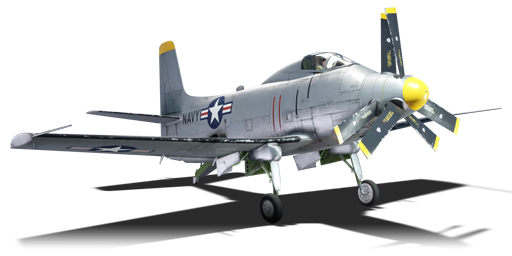


In 1945, the Bureau of Aeronautics assigned Douglas Aircraft Company the task of creating an innovative carrier-based attack aircraft with a jet engine, intended to eventually supersede the nascent AD Skyraider. Douglas development led to the US Navy considering a prototype using an Allison XT40A turboprop engine with counter-rotating propellers. This prototype, designated XA2D-1, had continual engine problems and it didn't take its first flight until 26 May 1950. Continual problems with the engine and gearbox continued with further delay and all-jet designs coming into service led to the XA2D-1's cancellation in 1954 with a total of 2 XA2D-1 and 10 pre-production A2D-1 units produced.
Introduced in Update 1.89 "Imperial Navy", the A2D-1 Skyshark stands out for its formidable versatility, suitable for both air-to-air and mixed combat scenarios. Its dual turboprop engines offer impressive speed and maneuverability, enabling it to hold its own against early jet fighters. Additionally, its quartet of potent 20-mm guns ensures dominance in aerial engagements. As an attack aircraft, the A2D-1 is equipped to carry a wide array of bombs and rockets, making it a significant threat to enemy tanks in mixed combat situations. Not to be underestimated, though having a bulky airframe, the A2D-1 has the speed and ordnance which can help in turning the tide of a battle.
flaps
flaps
flaps
brake
| Belt | Belt filling | Armor penetration (mm) at a distance: | |||||
|---|---|---|---|---|---|---|---|
| 10 m | 100 m | 500 m | 1000 m | 1500 m | 2000 m | ||
| HEF-I/AP-T | 36 | 33 | 23 | 15 | 9 | 6 | |
| AP-T/AP-T/HEF-I/HEF-I | 36 | 33 | 23 | 15 | 9 | 6 | |
| HEF-I/HEF-I/HEF-I/AP-T | 36 | 33 | 23 | 15 | 9 | 6 | |
| AP-T/AP-T/AP-T/HEF-I | 36 | 33 | 23 | 15 | 9 | 6 | |
| HEF-I | 5 | 4 | 3 | 2 | 2 | 2 | |
| Name | Weight | Slot | ||||||||||||||
|---|---|---|---|---|---|---|---|---|---|---|---|---|---|---|---|---|
| 2 × | 125.6 kg | 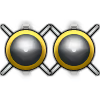 |  |  |  |  |  |  |  |  |  | |||||
| 2 × | 235.8 kg |  |  |  |  |  |  |  |  |  |  | |||||
| 242.6 kg |  |  |  |  |  |  |  |  |  |  |  |  | ||||
| 500.8 kg |  |  |  | |||||||||||||
| 996.3 kg | 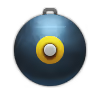 |  |  | |||||||||||||
| 964.8 kg | 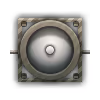 |  | ||||||||||||||
| 62.8 kg | 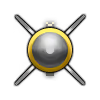 |  | ||||||||||||||
| 117.9 kg |  |  | ||||||||||||||
| 1,981.3 kg | 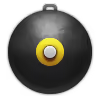 | |||||||||||||||







 2 x (100 / 260 / 600) %
2 x (100 / 260 / 600) % 
 2 x 190 %
2 x 190 % 

Flight performance | |
|---|---|
Survivability |
|---|
Weaponry | ||
|---|---|---|